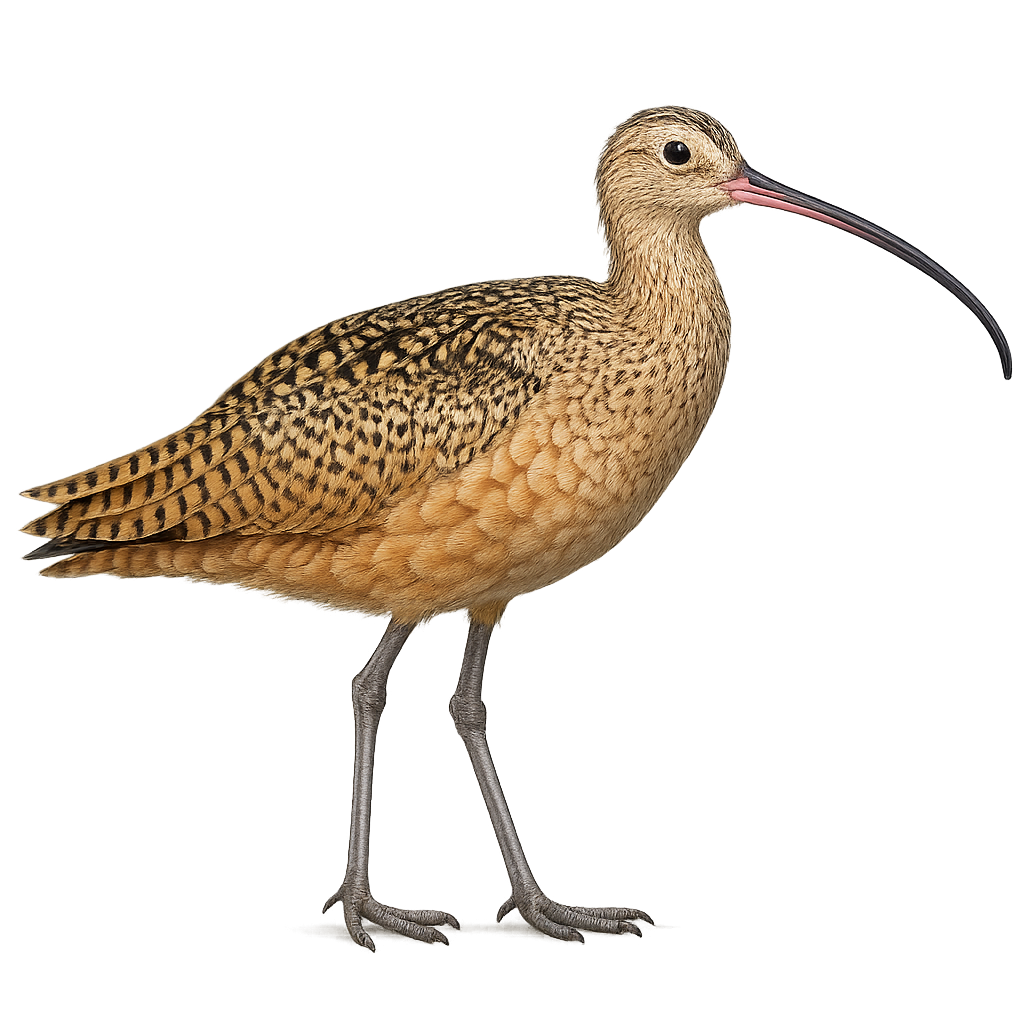Your wildlife photography guide.
Explore the long-billed curlew in detail, study its behavior, prepare your shots.
Where to observe and photograph the long-billed curlew in the wild
Learn where and when to spot the long-billed curlew in the wild, how to identify the species based on distinctive features, and what natural environments it inhabits. The WildlifePhotographer app offers tailored photography tips that reflect the long-billed curlew’s behavior, helping you capture better wildlife images. Explore the full species profile for key information including description, habitat, active periods, and approach techniques.
Long-billed Curlew
Scientific name: Numenius americanus

IUCN Status: Least Concern
Family: SCOLOPACIDAE
Group: Birds
Sensitivity to human approach: Suspicious
Minimum approach distance: 10 m
Courtship display: April to May
Incubation: 27-30 jours
Hatchings: April to June
Habitat:
Grasslands, wetlands, marshes
Activity period :
Primarily active during the day, with peak activity in the morning and late afternoon.
Identification and description:
The Long-billed Curlew is a striking bird known for its long, downward-curving bill, perfect for probing the ground for food. It is the largest shorebird in North America, measuring between 50 and 65 cm in length. Its plumage is primarily brown with lighter patterns on the belly. It frequents open grasslands and wetlands, feeding mainly on insects, crustaceans, and small invertebrates. During the breeding season, it migrates to the central and western U.S. grasslands. The Long-billed Curlew is a protected species due to habitat loss.
Recommended lens:
400mm – adjust based on distance, desired framing (portrait or habitat), and approach conditions.
Photography tips:
To photograph the Long-billed Curlew, it's advisable to use a telephoto lens of at least 400mm to capture detailed images from a distance. These birds are suspicious, so approach slowly and discreetly. Opt for the golden hours of morning or evening for soft, flattering light. Grasslands and wetlands are ideal places to observe them. Be patient and wait for them to come closer while remaining still. Using a tripod can help stabilize the camera for sharp shots.
The WildlifePhotographer App is coming soon!
Be the first to explore the best nature spots, track rutting seasons, log your observations, and observe more wildlife.
Already 1 432 wildlife lovers subscribed worldwide

